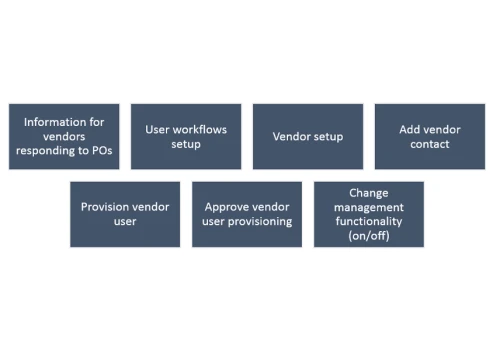
Vendor collaboration is a feature of Dynamics 365 Supply Chain Management that allows you to work more efficiently and effectively with your external vendors. It enables vendors to access a limited set of information and functionalities in Dynamics 365, such as purchase orders, invoices, requests for quotation, and consignment inventory. Vendors can also view and update their basic company information and respond to your requests and queries.
Vendor collaboration helps you streamline your procurement processes and improve your vendor relationships. Some of the benefits of vendor collaboration are:
To use vendor collaboration, you need to set up the security roles, workflows, and options for each vendor account. You also need to provision the vendor contacts as users in Dynamics 365 and assign them the appropriate permissions. For more information about how to set up and use vendor collaboration, you can refer to these resources: